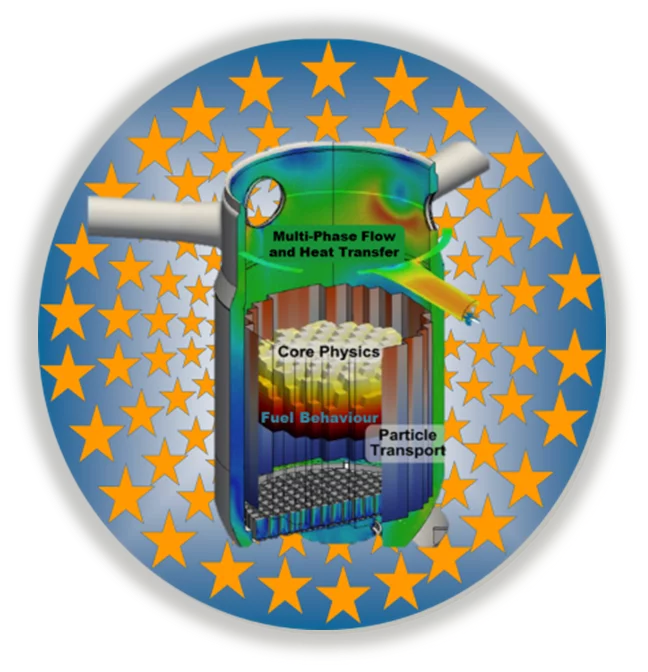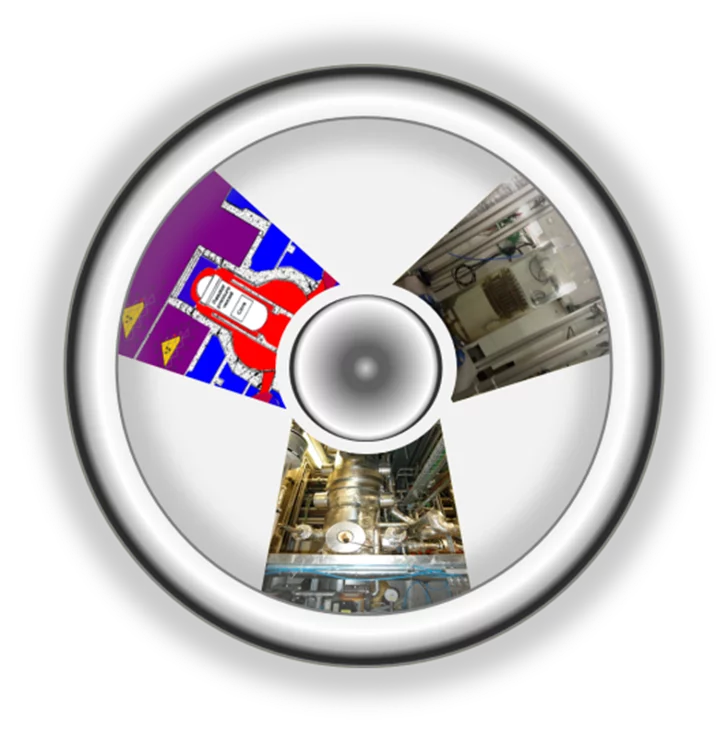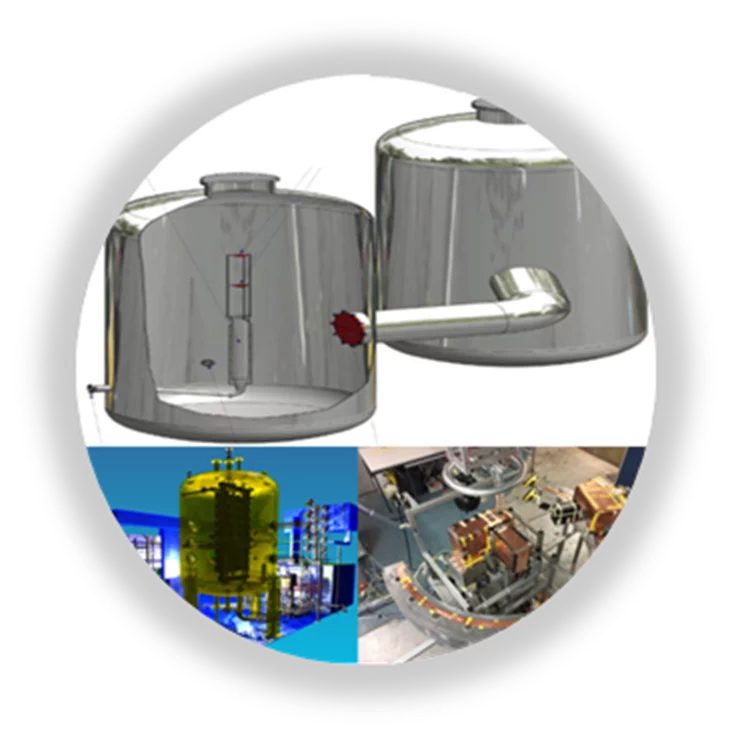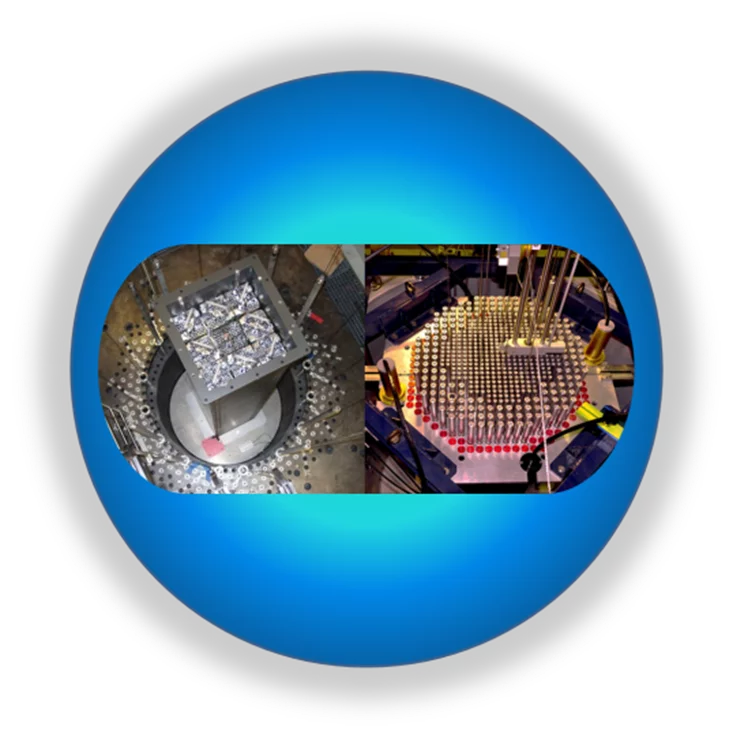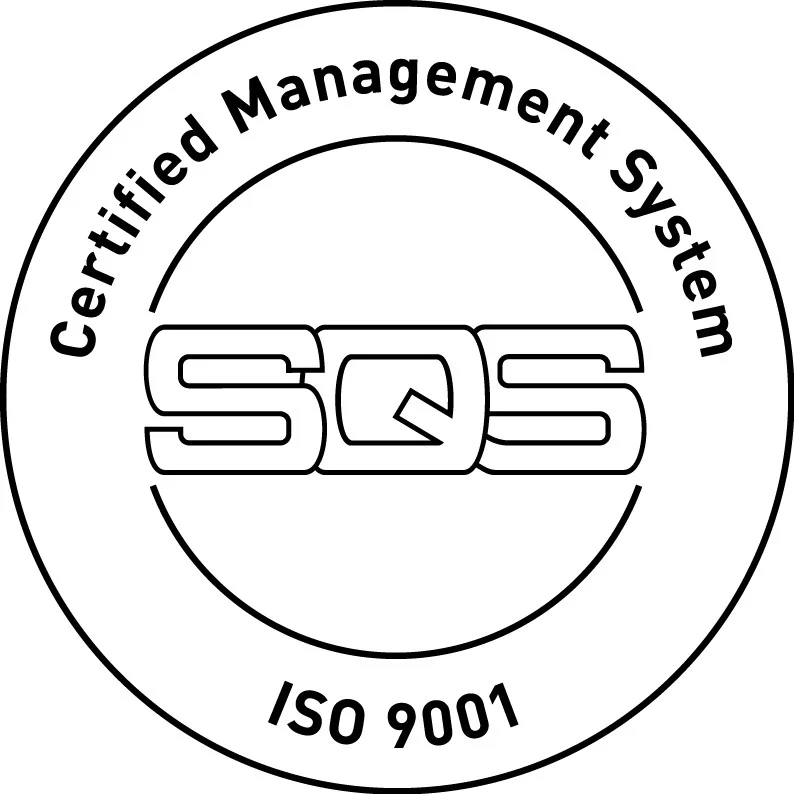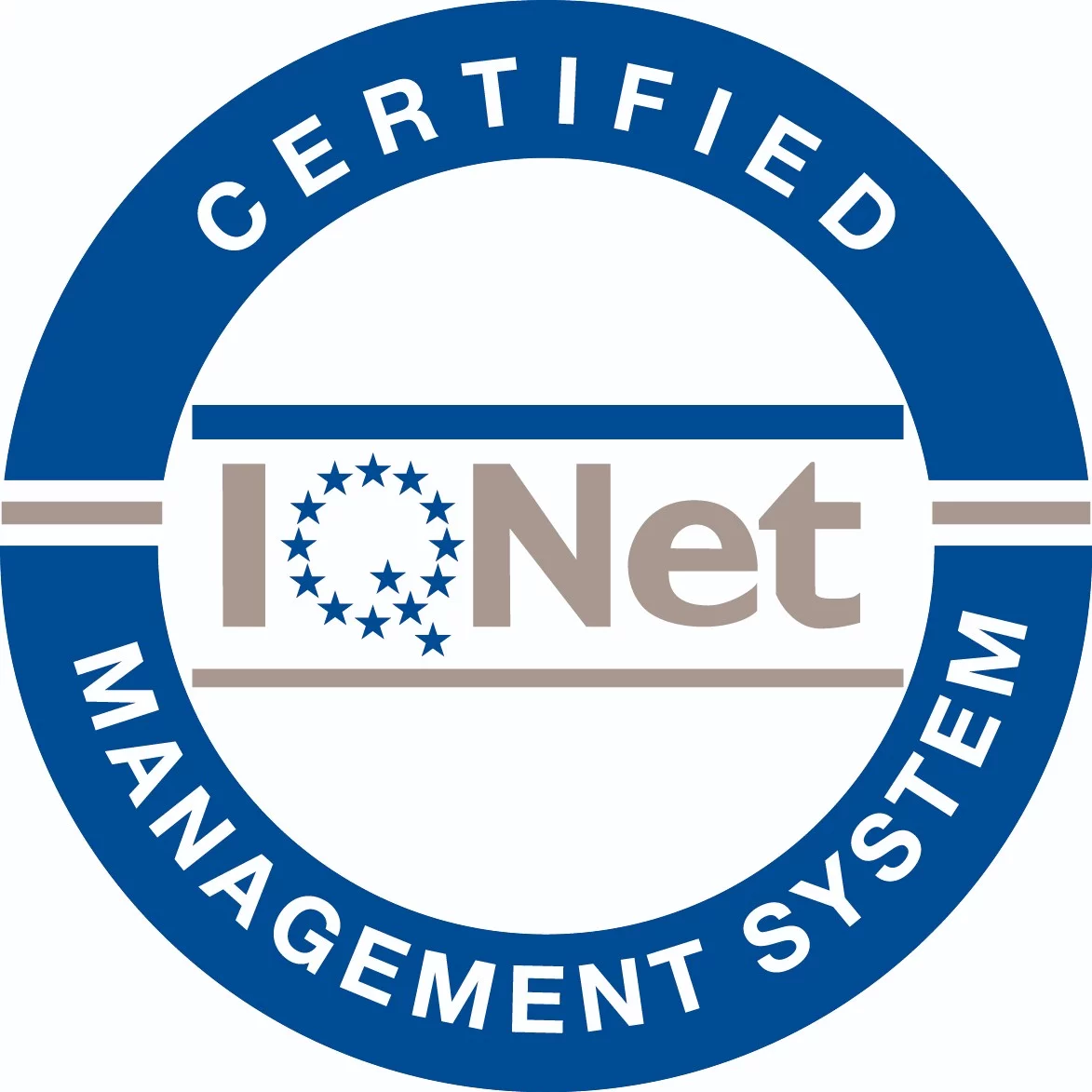The LRT activities are conducted within four research programs. Each program serves as framework to coordinate multiple projects and/or collaboration activities related to a broader scientific and technical area of the laboratory. The current four research programs of the LRT are described below.
Steady-State, Transient and Radiation Safety Analyses (STARS)
The STARS program aims at the development and qualification of an integral simulation platform for multi-physics multi-scale safety analyses of Light-Water-Reactors (LWRs) in general and the Swiss reactors in particular.
The basic underlying scientific disciplines are nuclear reactions, reactor physics, multi-phase flow heat transfer and nuclear fuel thermo-mechanics along with the coupled interactions between all of these physical domains. The scope includes safety analyses of nuclear reactors during operation (including steady-state conditions and dynamical events up to postulated beyond design accidents but excl. core melt); safety analyses of waste and spent fuel management systems and out-of-core radiation transport for fluence and activation of reactor structures and components in relation to ageing and/or decommissioning. Relevant to all these scientific areas, STARS is also since 2015, the lead house for the maintenance and further development of the general purpose TENDL nuclear data library increasingly used not only by the fission- but also fusion, accelerator and medical physics scientific communities.
Currently, the three main research themes are: verification, validation and advancement of state-of-the-art of methods used for safety assessments and licensing, development of uncertainty and sensitivity analysis methods and development of higher-order higher-resolution simulation schemes.
Based on the above, STARS also acts as one the main Technical Safety Organization (TSO) unit of the NES division and provides independent scientific support to external partners, including primarily the Swiss national regulator ENSI for support on deterministic safety analyses.
Read more on STARS here
Severe Accident Research (SACRE)
The SACRE program conducts both analytical as well as experimental research related to severe accident phenomenology and source term mitigation.
On the one hand, an analytical infrastructure for sequence analyses using state-of-the-art severe accident codes is being maintained and further developed. On the other hand, small-to-large scale experimental facilities are being designed and operated to investigate and better understand physical and chemical phenomena of high relevance to improve the efficiency of systems and components designed for source term mitigation and aerosol/iodine retention during severe accidents.
On the analytical side, the current main research themes are model development for severe accident codes as well as for pool scrubbing codes with focus on source term retention in liquid pools, aerosol transport, iodine behaviour and cladding oxidation in air. On the experimental side, a current main research theme is iodine and methyl iodide retention in wet scrubbers.
Based on the above, SACRE also provides services to industrial partners including usage of its facilities for the qualification of systems and components such as filtered containment venting systems.
Read more on SACRE here
Thermal-Hydraulics Experimental Group (TEG)
The TEG program aims at experimental thermal-hydraulics (TH) safety research with emphasis on containment phenomena, primary circuit safety issues and advanced instrumentation. In this context, experimental tests in small-to-large scale facilities are thus being designed, realized and interpreted using state-of-the-art measurement techniques.
A central pillar of the TEG program is the integral test facility PANDA where basic containment phenomenon with focus on hydrogen management and mitigation effects of safety systems are being studied for conditions representative of design-, beyond design- and severe accidents. The complementary LINX facility is being operated for separate effect studies of containment phenomena. For primary circuit issues, smaller scale facilities are used to investigate specific phenomena such as mixing processes in buoyant flows or to support the optimization of key components for heat transfer in fuel bundles such as spacers. On the instrumentation side, state-of-the-art fluid dynamics instrumentation is being maintained and further developed.
Currently, emphasis of the TEG research activities is given to the design and realisation of PANDA tests within the framework of the recently launched OECD/NEA HYMERES-2 project, post-analyses of the previous HYMERES-1 experiments as well as of previous separate-effect tests on evaporation/condensation conducted at the LINX facility and the design and optimization of a compact fast neutron generator for potential applications to fuel bundle flow and/or material testing.
Read more on TEG here
Experimental Reactor Physics (ERP)
As lead house for neutronics and reactor physics as well a nuclear data library development, the LRT also includes experimental reactor physics as core competence area.
Historically, ERP activities were conducted at the PROTEUS zero-power research reactor which constituted up to 2011, a central component and the key experimental facility of the laboratory for reactor physics and systems behaviour (LRS). However, shortly after the Fukushima events, PSI took the decision to shutdown PROTEUS, meaning the end of the last operated research reactor at PSI. Nevertheless and although inevitably reduced in scope, the ERP activities have since then been continued along two main directions.
On the one hand, all new research reactor experiments are now being conducted at the EPFL/CROCUS reactor. Referring to this as the ERP@EPFL program, many of the lead scientists involved and/or supporting these activities are members of the LRT.
On the other hand, experimental reactor physics work is also being continued at PSI. Referring to this as ERP@PSI program, the activities are centred around three main research lines. First, the wide range of thermal-to-fast spectrum experiments performed at PROTUES are gradually being re-analysed to qualify the latest advances in computational methods and nuclear data. The second research area relates to spent fuel characterization (burnup, isotopic and radiation sources) with the design of experimental stations, including the development of novel fast neutron detectors, for measurements at the PSI Hotlab facility of full length fuel rods operated in the Swiss reactors. Finally, collaboration with the PSI research groups involved in experiments at the SINQ spallation neutron source is also being actively maintained, both in relation to instrumentation techniques as was well as for the design of new experiments aimed at cross-section and/or nuclear data enhancements. However, given the limited size of all these activities and considering that most of these are tightly related to the validation with uncertainty quantification of the STARS reactor physics methods, the ERP@PSI program has now been integrated as sub-program of STARS.
Read more on ERP@EPFL here
Read more on past ERP activities at PROTEUS here
For news on ERP@PSI, follow STARS
Experimental and Computational Multi-Phase Flows (ECMF)

The Nuclear Systems and Multiphase Flows Laboratory is a joint program between PSI and ETHZ (Eidgenössische Technische Hochschule Zürich) and is attached to the Laboratory for Reactor Physics and Thermal-Hydraulics (LRT) at PSI.
The NS-ECMFL Program develops novel, advanced instrumentation for high-resolution experiments and CFD-grade experiments and performs CFD simulations (RANS and LES) and CFD-based high-fidelity multi-physics simulations. Further it designs and builds experimental facilities to investigate thermal-hydraulic and fluid-dynamics phenomena and to validate CFD codes.
General Contact
Research Division
Nuclear Energy and Safety (NES)
Laboratory for Reactor Physics and Thermal-Hydraulics (LRT)
Paul Scherrer Institute
5232 Villigen PSI
Switzerland
Hakim Ferroukhi
Head of the Laboratory
Office: OHSA/C10
Telephone: +41 56 310 4062
E-mail: hakim.ferroukhi@psi.ch
Petra Kull
Administration and Assistance
Office: OHSA/C18
Telephone: + 41 56 310 2685
E-mail: petra.kull@psi.ch
Quality Management
NES Open positions
Current job openings in the Research Division for Nuclear Energy and Safety


